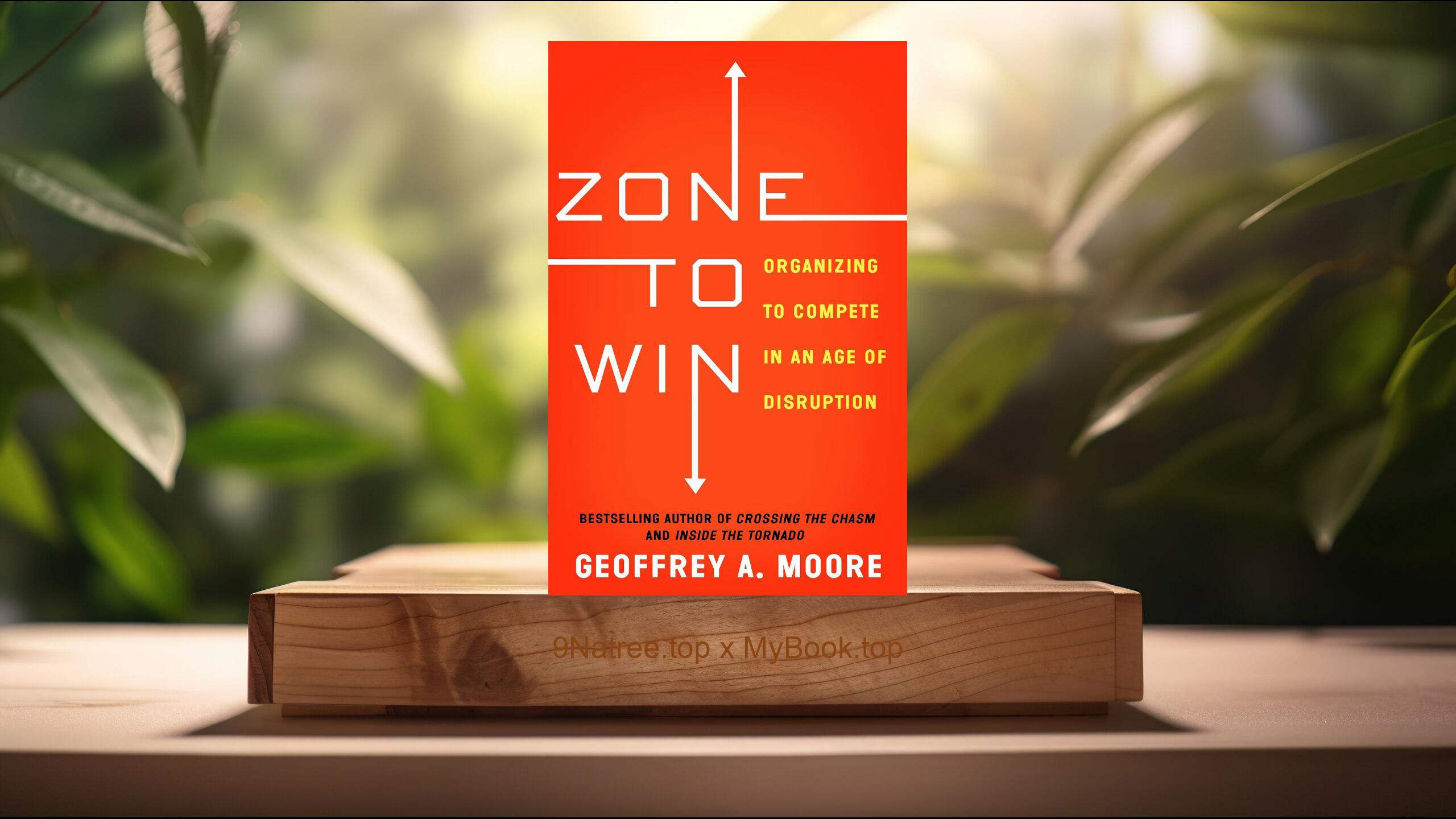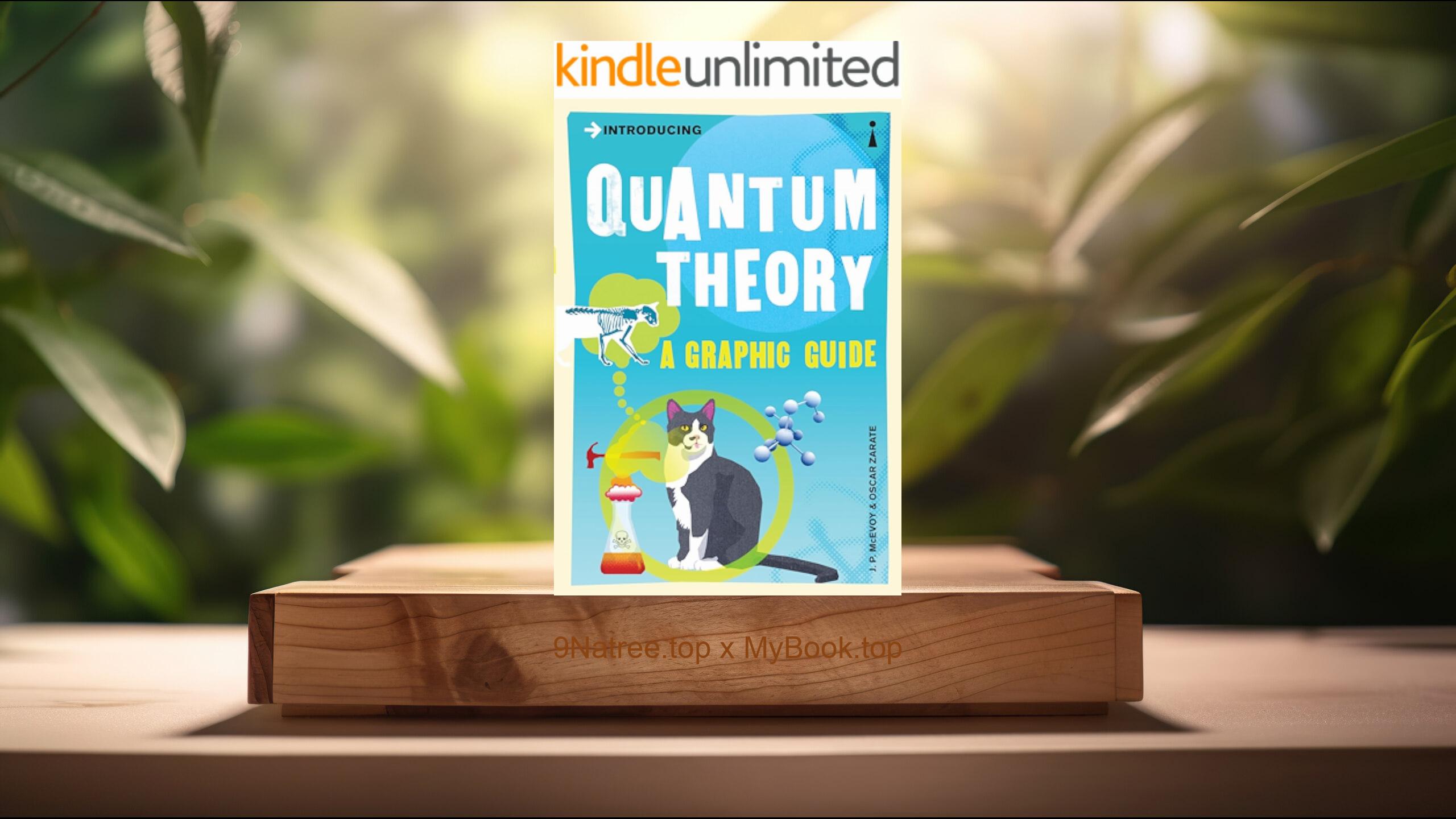Show Notes
- Amazon USA Store: https://www.amazon.com/dp/B000FC1IRM?tag=9natree-20
- Amazon Worldwide Store: https://global.buys.trade/In-Cold-Blood-Truman-Capote.html
- Apple Books: https://books.apple.com/us/audiobook/in-cold-blood-unabridged/id1417860229?itsct=books_box_link&itscg=30200&ls=1&at=1001l3bAw&ct=9natree
- eBay: https://www.ebay.com/sch/i.html?_nkw=In+Cold+Blood+Truman+Capote+&mkcid=1&mkrid=711-53200-19255-0&siteid=0&campid=5339060787&customid=9natree&toolid=10001&mkevt=1
- Read more: https://mybook.top/read/B000FC1IRM/
#TrueCrime #NarrativeNonFiction #AmericanDream #CriminalPsychology #JusticeSystem #LiteraryJournalism #MurderInvestigation #TrumanCapote #InColdBlood
These are takeaways from this book.
Firstly, Journalistic Innovation and Narrative Non-Fiction, In Cold Blood is celebrated for its innovative approach to non-fiction, merging rigorous journalistic research with the narrative pace and depth of a novel. Truman Capote spent six years meticulously researching and interviewing those directly and indirectly related to the crime and its investigation. The result is a book that reads like fiction, with rich character development, setting descriptions, and a structured plot, all while staying true to the events. This method, now often referred to as the non-fiction novel, was groundbreaking at the time. Capote's depth of detail, from the contours of the Kansas landscape to the inner thoughts of both the victims and the perpetrators, sets a vivid scene for the reader. This blurring of genres challenged traditional boundaries and paved the way for future works in true crime and narrative non-fiction, insisting on the importance of storytelling in journalistic endeavors.
Secondly, Deep Dive into the American Dream, One of the central themes of In Cold Blood is the dissection of the American Dream. The Clutter family, with their prosperous farm life, community status, and seemingly idyllic existence, embodied the postwar ideal of American success and stability. However, Capote exposes how this dream is susceptible to sudden, violent disruption. By juxtaposing the Clutters' life with that of their murderers, particularly Perry Smith's troubled childhood and shattered dreams, Capote presents a critique of the American Dream's exclusivity and the illusion of security. This contrast reflects a simmering societal tension, suggesting that beneath the surface of prosperity lies a vulnerable, often ignored population disenfranchised from this dream. Capote's nuanced portrayal of these parallel lives invites readers to ponder the fragility of success and the randomness of tragedy, challenging the myth of a universally attainable American Dream.
Thirdly, Psychological Exploration of the Murderers, A significant portion of In Cold Blood is dedicated to exploring the complex psychological landscapes of Richard Hickock and Perry Smith, the convicted murderers. Capote delves deep into their backgrounds, motivations, and perspectives, crafting a narrative that elicits both horror and empathy. Through extensive interviews and research, he paints a detailed picture of their lives before and after the crime, examining factors like childhood trauma, mental illness, and societal neglect. This exploration into the murderers' psyche is unsettling yet compelling, as Capote challenges readers to consider the human aspects of these criminals. The nuanced depiction raises questions about nature versus nurture, the impact of childhood experiences on adult behavior, and the capacity for redemption. Capote's empathetic portrayal disrupts the conventional villain narrative, urging a more complex contemplation of crime, punishment, and humanity.
Fourthly, Impacts on the Community and the American Psyche, Capote does not confine his narrative to the immediate actors in the tragedy but extends it to the broader reactions and impacts on the Holcomb community and American society. The murder of the Clutter family shattered the sense of safety and neighborly trust in the small Kansas town, reflecting a larger national sense of unease. Through detailed accounts of community reactions, grief, and the sensational media coverage, Capote illustrates the ripple effects of such a crime, from heightened fears to changes in law enforcement approaches. This microcosm of Holcomb serves as a mirror to the changing American psyche in the 1960s, contending with emerging realities of violence, vulnerability, and media sensationalism. The book prompts reflection on how communities grieve and heal, and how a single event can alter perceptions of safety and justice nationwide.
Lastly, Exploration of Justice and Punishment, Capote's narrative extends beyond the crime itself to scrutinize the ensuing investigation, trial, and execution of Hickock and Smith. Through this, In Cold Blood offers a penetrating look at the American criminal justice system and the philosophies surrounding justice and punishment. Capote presents a detailed account of the legal proceedings, the roles of the law enforcement officers, and the legal defense, alongside the public and private reactions to the verdict and executions. The book sparks debates on the effectiveness of the death penalty, ethical considerations in punishment, and the possibility of rehabilitation versus retribution. By providing a comprehensive view of the process, Capote invites readers to question the moral implications of capital punishment and the broader aims of the justice system, making a timeless contribution to discussions on criminal justice ethics and reform.
![[Review] In Cold Blood (Truman Capote) Summarized](https://episodes.castos.com/660078c6833215-59505987/images/1995870/c1a-085k3-qdw5kgp4b637-5nycqg.jpg)




